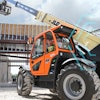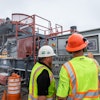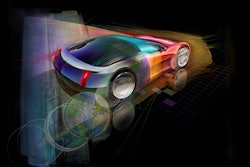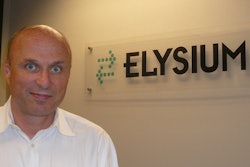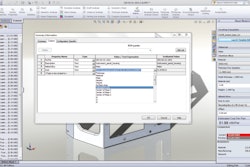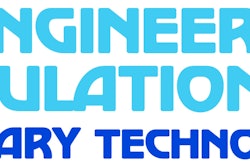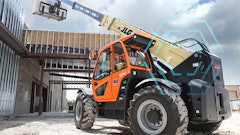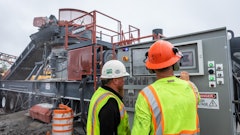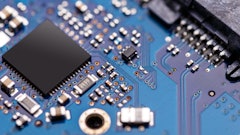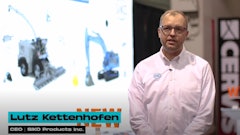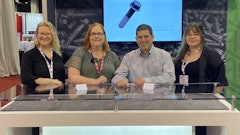Reaction Design, a developer of combustion simulation software, announces that automakers and energy producers are getting a jump on the ability to reduce soot particle emissions, thanks to research by the Model Fuels Consortium (MFC). The Reaction Design-led consortium completed years of research and experimental validation, which has lead to the development of software that its members can use to accurately simulate the formation of soot particulates. The software will be used to develop cleaner-burning engines in advance of impending regulations in the U.S. and Europe, which call for limits on the size and number of soot particles emitted by passenger cars.
“Soot formation occurs when fuels don’t fully combust, and recent studies show that soot particles smaller than 100 nanometers can be especially harmful to human health,” says Ellen Meeks, vice president of product development at Reaction Design. “While engine exhaust regulations of the past decade have been largely focused on limiting the total amount of soot emissions, just last month the European Union extended its Euro5 regulation to control the actual number of particles, due to these known health effects. The MFC and Reaction Design have been working proactively to develop soot modeling approaches that help reduce these harmful emissions, as we anticipate that more regulations will follow with increasingly strict limits on particle size and number.”
Unlike today’s methods that rely on empirical data to determine the amount of soot that an engine will produce, the MFC builds on fundamental scientific data accumulated over a decade of combustion kinetics research conducted by Reaction Design and others. Using proprietary solution methods, Reaction Design’s simulation software resolves particle size distributions based on the fundamental particle growth, coalescence and oxidation processes occurring within a combustion chamber. With these software models and tools, MFC members will be able to accurately simulate the formation, agglomeration and reduction of soot particles with diameters from nanometers to microns in size. Using this predictive model of soot behavior, designers will be able to see the effects of changing engine parameters long before they commit to building a costly prototype.
“Automakers face a number of compliance issues like CAFE and Euro5+ that add to the complexity of engine design and lengthen the design process,” says Charles Westbrook, senior scientist at Lawrence Livermore Laboratory and chief technical advisor to the MFC. “MFC members recognize the importance of science-based soot modeling, because it can predict behavior, meaning we can test new designs on a computer rather than a physical prototype. This can shave days, weeks or months from a design cycle to get cleaner cars more quickly on the road.”
The Consortium is gathering on November 14 and 15 in San Diego to discuss its latest findings and the next phase of project development. The soot model will be made available to current members of the MFC in December 2011. Interested companies may apply for membership and receive exclusive access to this model and other MFC data.

